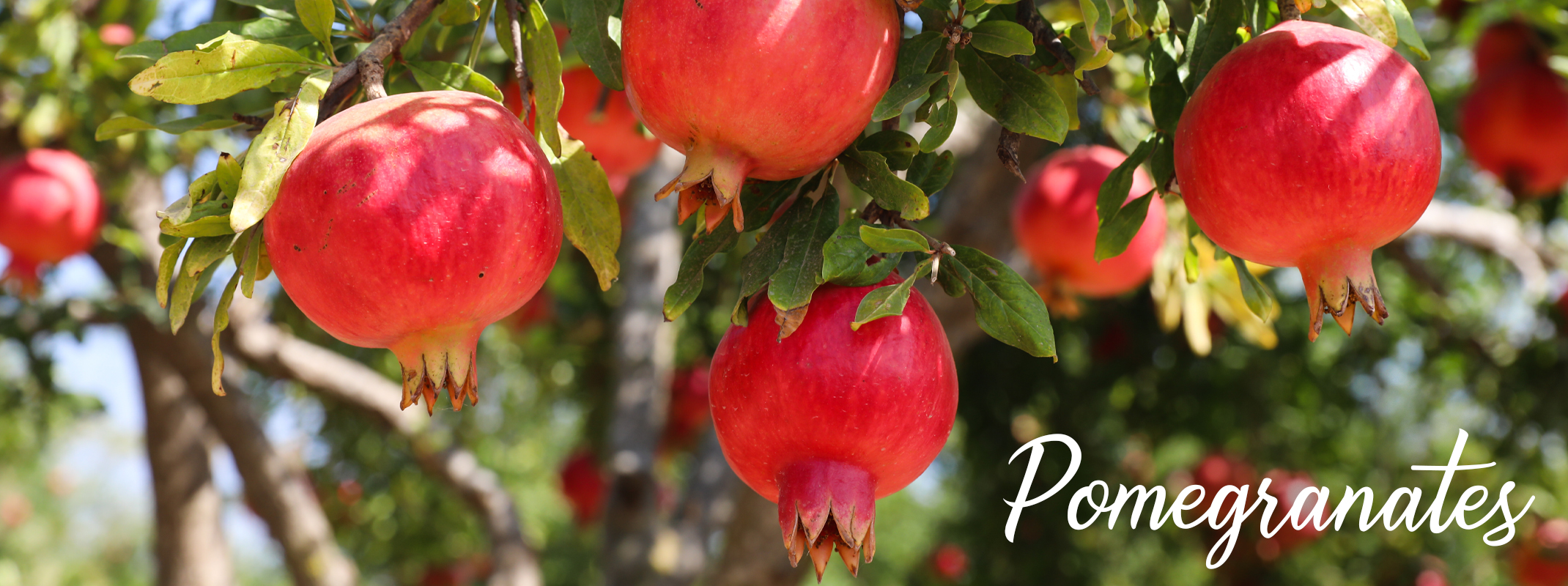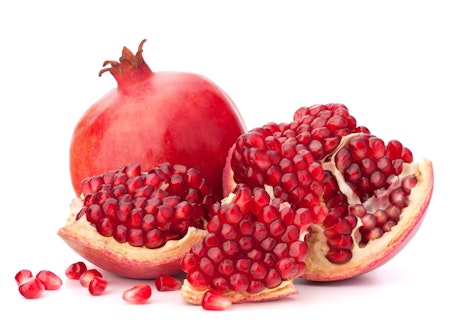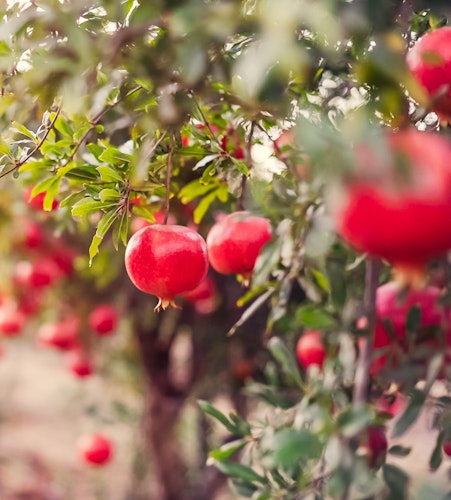Pomegranate Trees and Care
 The pomegranate tree (Punica granatum) is a wonderful addition to gardens in the Bay Area, thriving in its mild Mediterranean climate. Here’s a detailed guide on the qualities, characteristics, and how to care for pomegranate trees in this region:
The pomegranate tree (Punica granatum) is a wonderful addition to gardens in the Bay Area, thriving in its mild Mediterranean climate. Here’s a detailed guide on the qualities, characteristics, and how to care for pomegranate trees in this region:
Characteristics and Qualities
Appearance:

Pomegranate trees are deciduous or semi-evergreen, depending on the climate, and can grow up to 20-30 feet high, though they are often kept much smaller, around 15 feet, through pruning. They have a rounded shape with multiple trunks and a bushy appearance.
Fruit:
The fruit is a large berry with a tough, leathery skin that ranges in color from yellow-orange to deep red. Inside, there are numerous seeds each surrounded by a juicy, flavorful aril that is the edible part of the fruit. Pomegranates typically ripen in the fall.
Flowers:
Pomegranate trees produce beautiful orange-red flowers in late spring to early summer, which are not only attractive but also attract pollinators.
Planting and Care
Choosing a Site:
Pomegranate trees need full sun to produce the most fruit, though they can tolerate partial shade. They prefer a well-drained location as they are drought tolerant once established but do not like standing water.
Soil:
While adaptable to many soil types, they thrive in loamy, well-drained soil. Pomegranates prefer a pH of around 5.5 to 7. If your soil is heavy, incorporate some organic matter to improve drainage.
Watering:
Water newly planted trees deeply to establish roots. Once established, pomegranate trees are fairly drought tolerant, but regular watering during the dry season will improve fruit quality. Avoid overwatering, as this can lead to root rot.
Fertilizing:
Fertilize in late winter before new growth begins. Use a balanced fertilizer to encourage healthy growth and fruit production. Avoid excessive nitrogen, which can promote leaf growth at the expense of fruit.
Pruning:
Prune to remove dead or damaged branches and to shape the tree during the dormant season. Pomegranates do well with light pruning to maintain an open, airy structure which helps sunlight reach the inner parts of the tree.
Pest and Disease Management:
Pomegranate trees are relatively hardy but can be susceptible to pests like aphids and whiteflies, as well as fungal diseases if conditions are too wet. Monitor regularly and treat with appropriate organic methods if necessary.
Harvesting:
Harvest pomegranates when they have developed a deep, vibrant color and the skin appears slightly cracked. The fruit should feel heavy for its size, indicating juicy seeds inside.
Pomegranate trees not only add a beautiful aesthetic to your garden with their striking flowers and distinctive fruits but also offer a delicious, healthful harvest that can be enjoyed fresh or used in a variety of dishes. With proper care, they can be a bountiful addition to any Bay Area garden.

